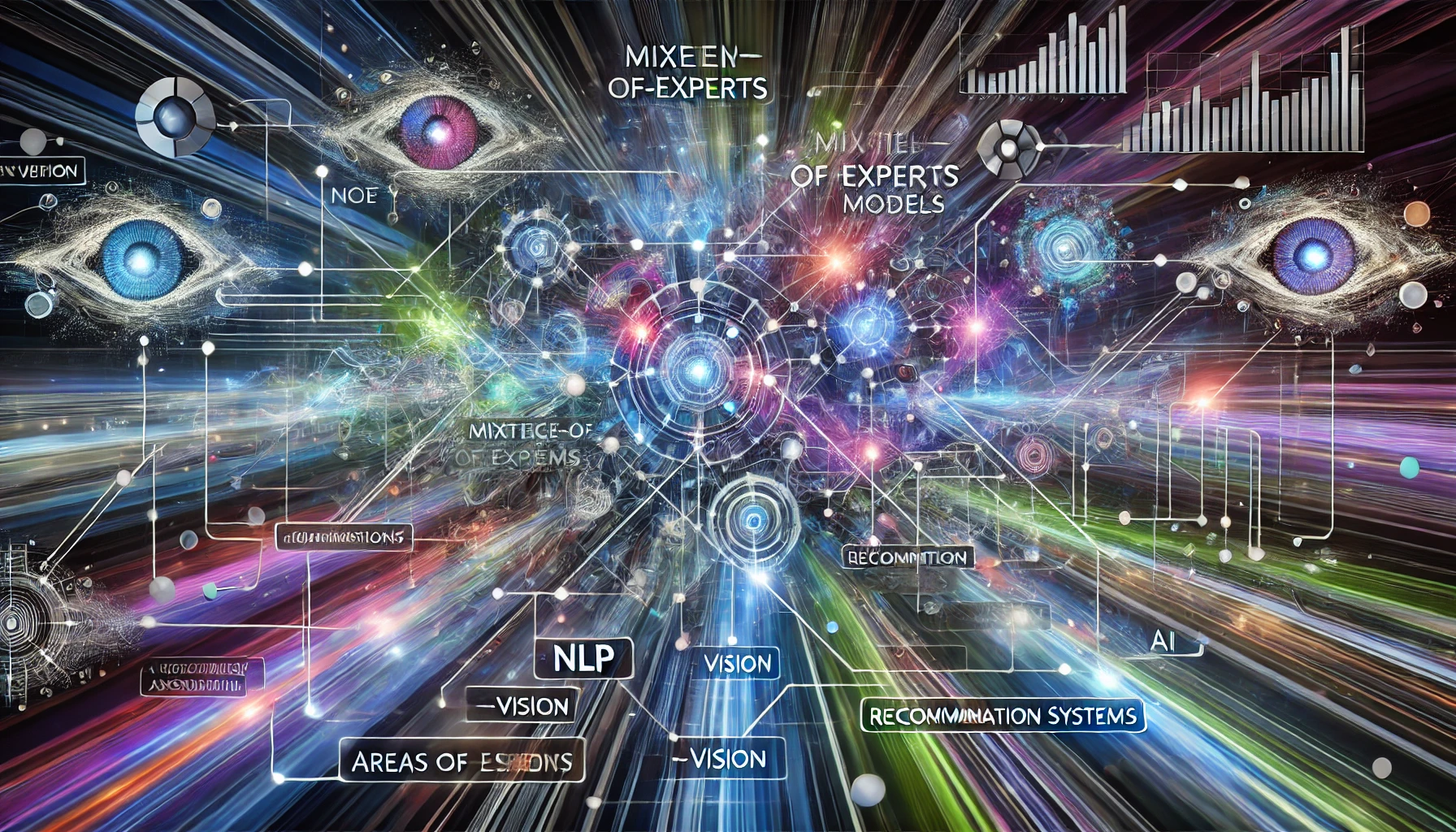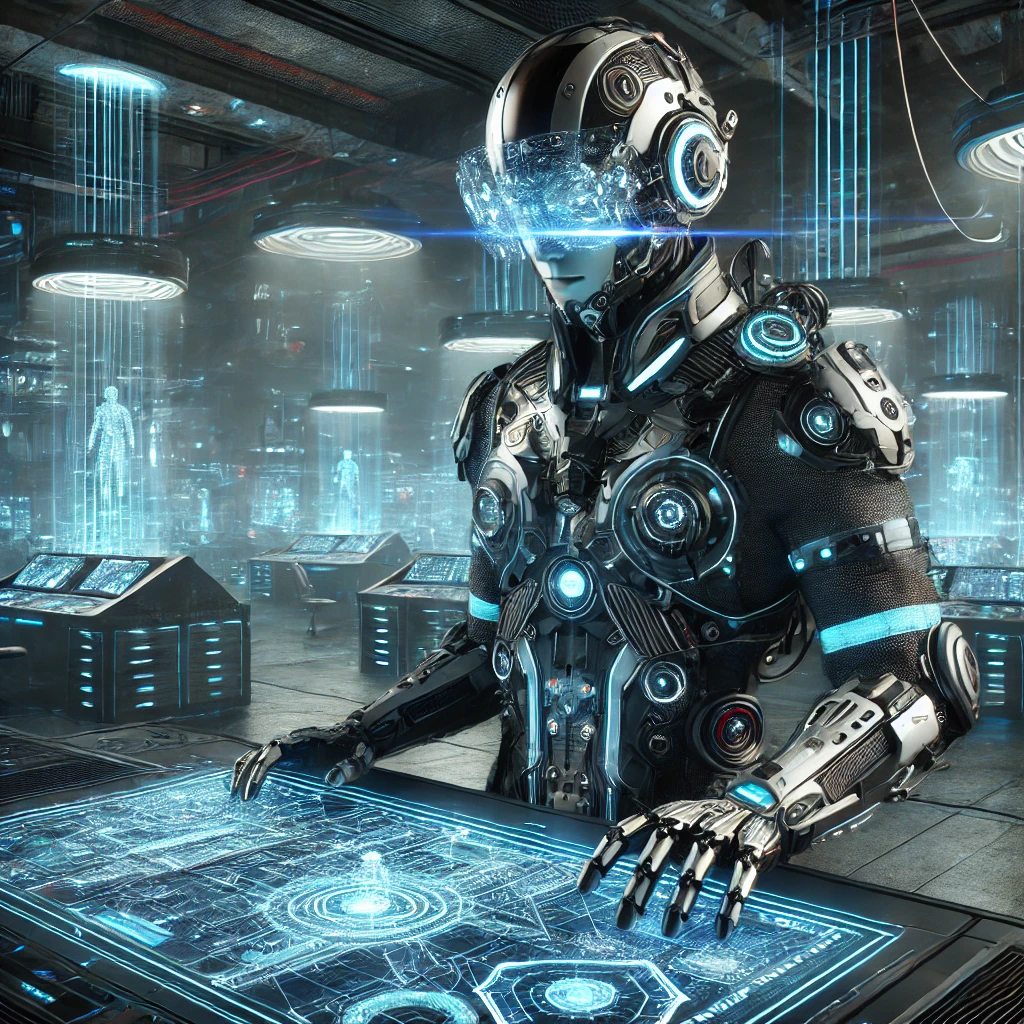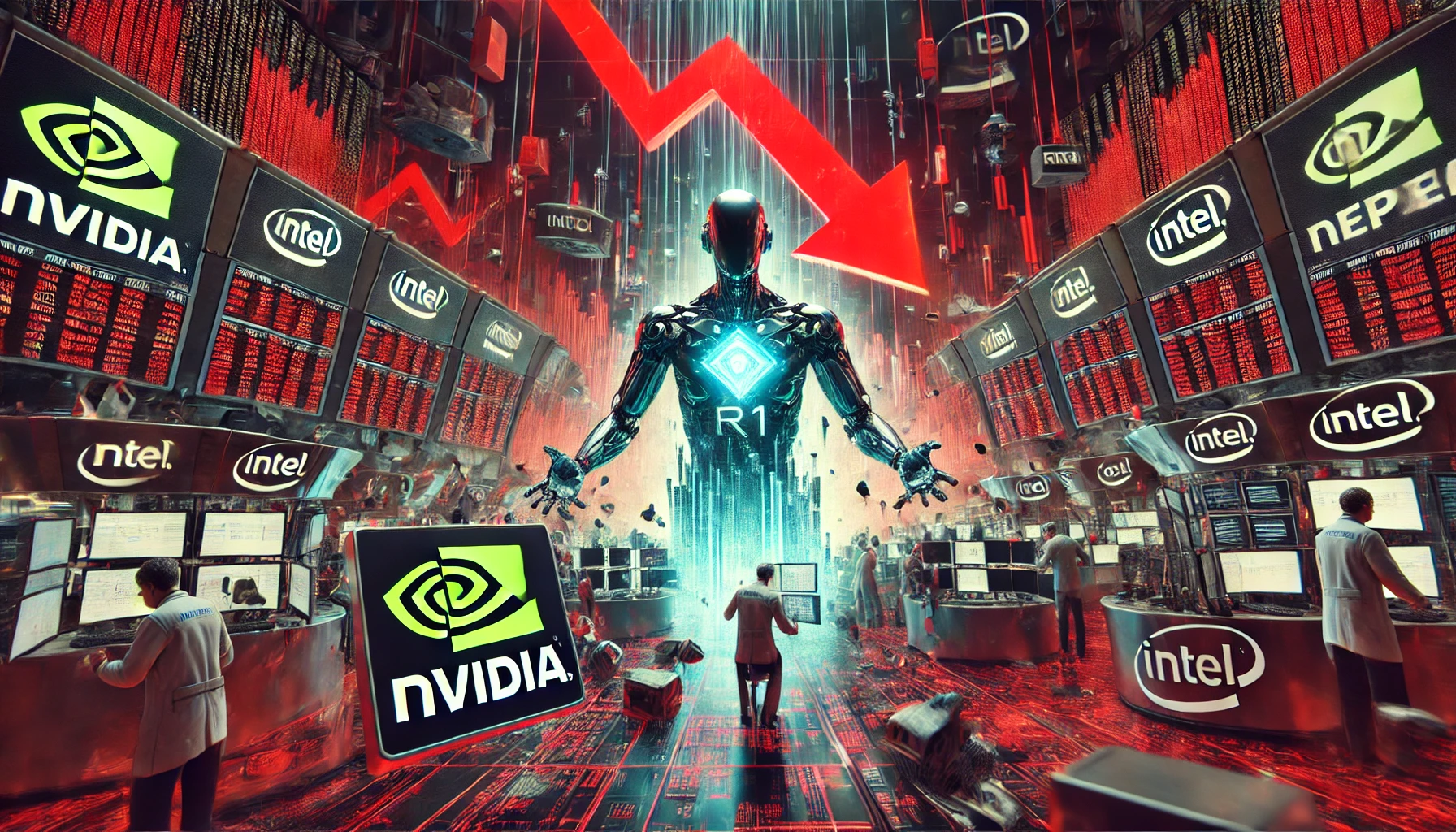Mixture-of-Experts (MoE) models have emerged as a transformative paradigm in machine learning, enabling the scaling of large language models (LLMs) and other AI systems while balancing computational efficiency and performance. This article synthesizes key advancements, applications, and challenges in MoE research, drawing insights from recent breakthroughs.
1. Evolution of MoE Architectures
From Traditional MoE to Autonomy-of-Experts (AoE)
Traditional MoE models rely on a router to assign input tokens to specialized sub-networks (“experts”). However, recent work highlights limitations in router-based systems, such as suboptimal expert selection and training inefficiencies . The Autonomy-of-Experts (AoE) paradigm eliminates routers entirely, allowing experts to self-select based on their activation norms. By precomputing activations and ranking experts dynamically, AoE achieves better token-to-expert alignment and reduces computational overhead through low-rank factorization .
Dynamic and Adaptive Routing
Dynamic routing mechanisms further enhance flexibility. For instance, DeepSeekMoE increases expert specialization by splitting existing experts into smaller units and introducing shared “always-on” experts, improving model performance with fewer activated parameters . Similarly, Dynamic MoE employs threshold-based routing, where tokens activate experts until their cumulative scores exceed a predefined threshold. This approach reduces average activated experts per token to ≤2 while maintaining accuracy .
2. Scaling and Efficiency Innovations
Pushing Parameter Limits
Recent models demonstrate unprecedented scaling:
- MiniMax-Text-01 integrates MoE with lightning attention, enabling 456 billion total parameters (45.9B activated per token) and support for 4-million-token contexts during inference .
- Hunyuan-Large (389B total parameters) combines synthetic data scaling, key-value cache compression, and expert-specific learning rates to outperform models like LLama3.1-70B .
- DeepSeek-V3 (671B parameters) introduces auxiliary-loss-free load balancing and multi-token prediction, achieving state-of-the-art performance with stable training .
Optimizing Inference and Deployment
Efficiency-focused frameworks like MoE++ integrate “zero-computation experts” (e.g., skip or replace operations) to reduce inference costs by 1.1–2.1× compared to vanilla MoE . For edge devices, MoE² optimizes collaborative inference under latency and energy constraints by decomposing gating and selection processes .
3. Applications Across Domains
Language and Vision-Language Models
MoE architectures underpin cutting-edge LLMs like Switch Transformers (trillion-parameter scale) and vision-language models such as MiniMax-VL-01, trained on 512B vision-language tokens .
Time Series and Multimodal Tasks
Time-MoE, a 2.4B-parameter foundation model, leverages sparse activation for time-series forecasting, achieving superior zero-shot performance on 300B time points across 9 domains . In vision, Switch-NeRF uses MoE to decompose 3D scenes into specialized NeRF sub-networks, enhancing large-scale reconstruction efficiency .
Domain-Specific Solutions
- Healthcare: Patcher employs MoE for precise medical image segmentation .
- Robustness: AdvMoE improves adversarial robustness via alternating router-expert training .
4. Challenges and Future Directions
Persistent Issues
- Training Stability: Large MoE models face instability due to imbalanced expert utilization. Solutions like auxiliary loss penalties (e.g., in Switch Transformers) and progressive dense-to-sparse gating (EvoMoE) mitigate this .
- Communication Overhead: Distributed training suffers from cross-device expert synchronization. Frameworks like DeepSpeed-MoE reduce costs by 9× through model compression .
Emerging Trends
- Expert Pruning and Specialization: Post-training pruning (e.g., Expert Sparsity) removes redundant experts, while task-specific fine-tuning (e.g., ESFT) selectively updates critical experts .
- Unified Multimodal Architectures: Models like One Model, Multiple Modalities activate sparse pathways for text, image, and code tasks .
- Eco-Friendly Scaling: Techniques like low-rank adaptation (MoELoRA) and quantization (QMoE) aim to democratize MoE deployment .
References
- Autonomy-of-Experts (AoE): arXiv:2501.13074
- MoE Applications and Systems: CSDN Blog
- MiniMax-01: arXiv:2501.08313
- Hunyuan-Large: arXiv:2411.02265
- MoE² for Edge Inference: arXiv:2501.09410
- ACL 2024 MoE Advances: CSDN Blog
- MoE++: OpenReview
- DeepSeek-V3: arXiv:2412.19437
- Time-MoE: OpenReview
- Awesome MoE Inference: GitHub
For a curated list of MoE papers and code repositories, explore the Awesome MoE Inference collection.
[SEO optimized]


